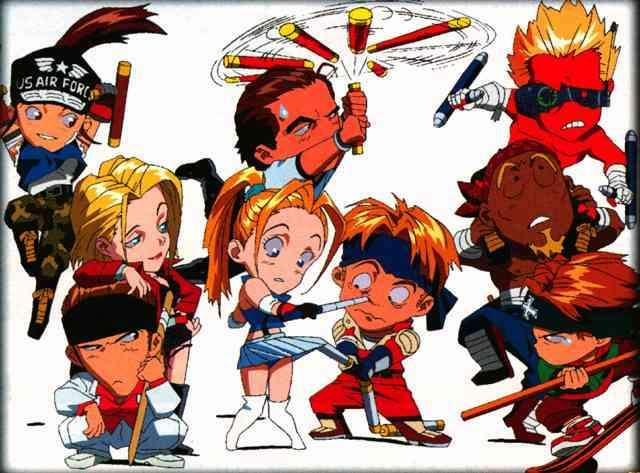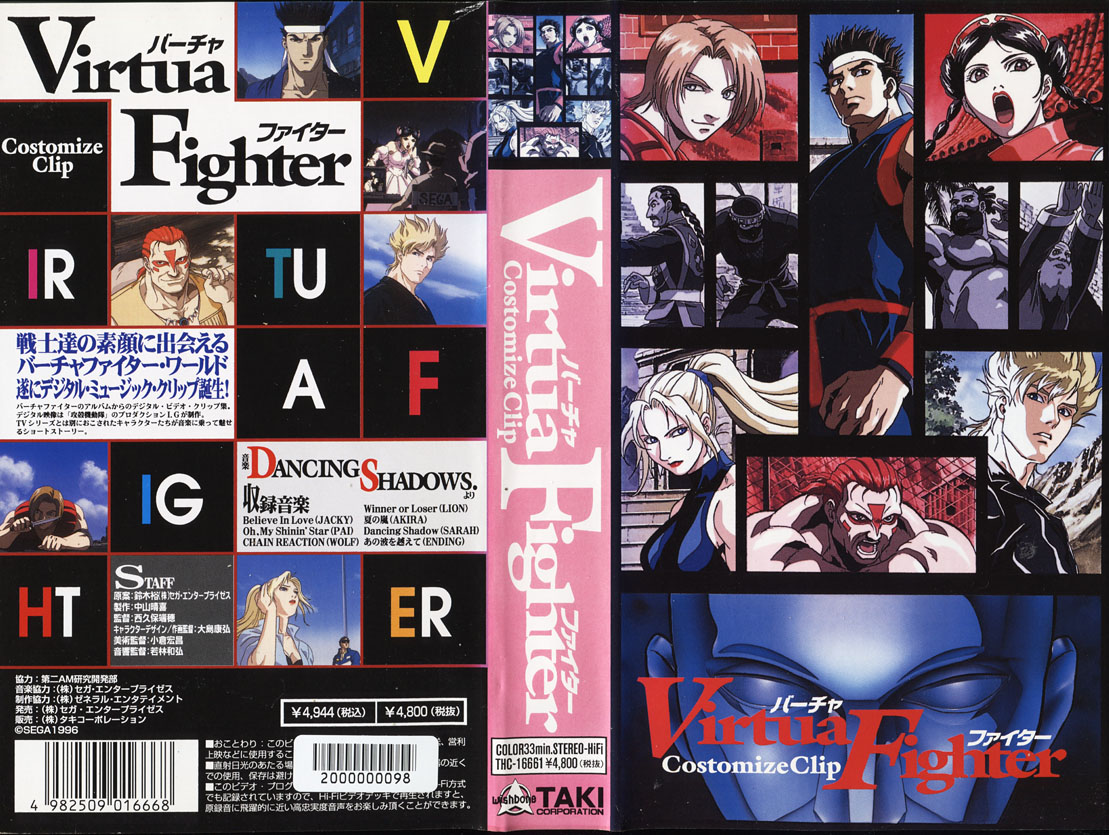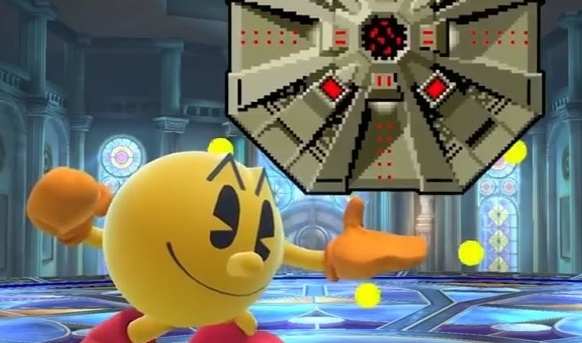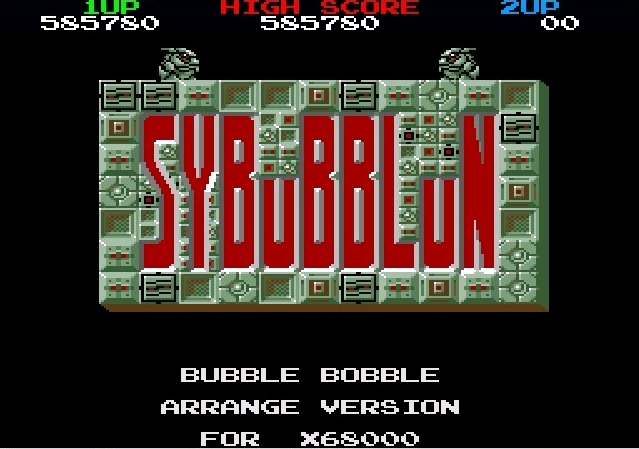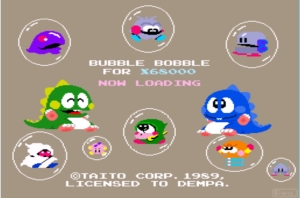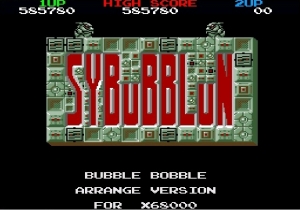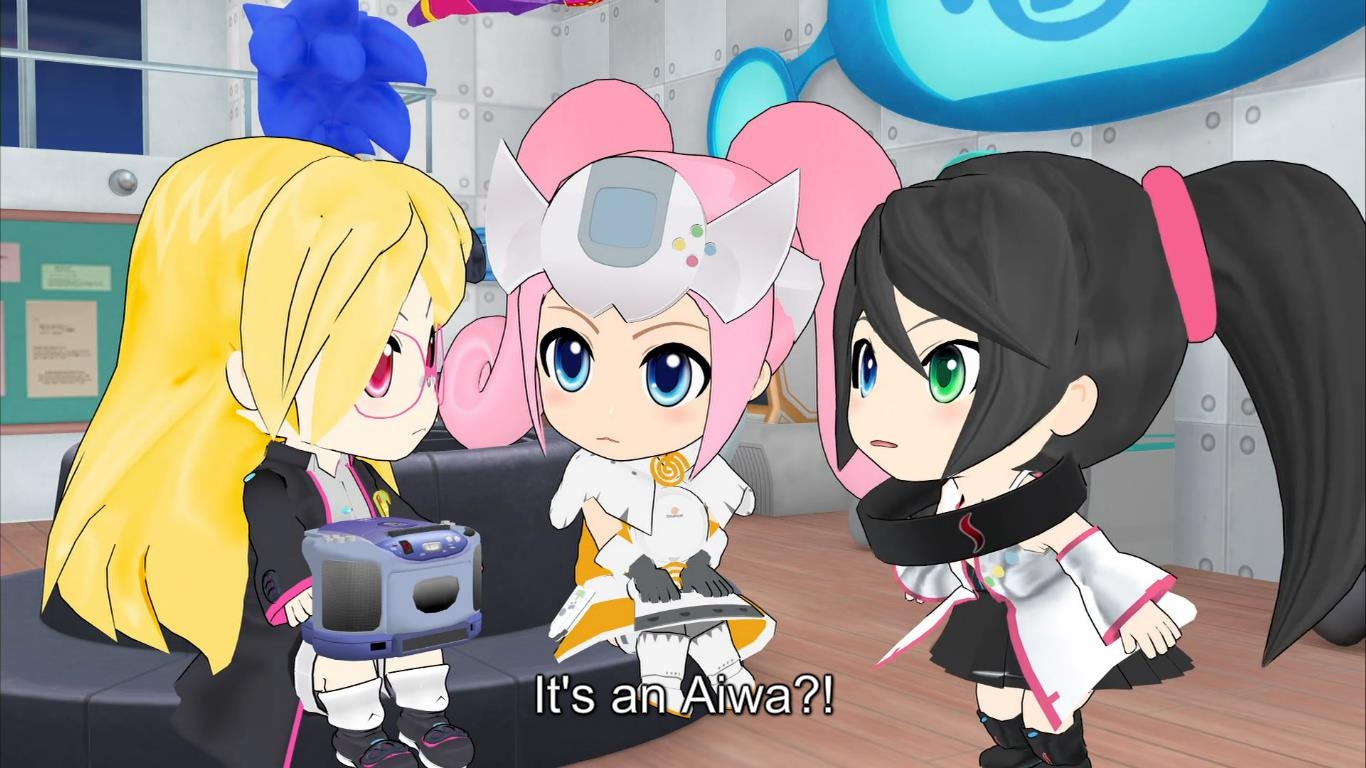So as we’re all aware by this point, Street Fighter V is a thing that’s coming. From the bits of gameplay footage we’ve seen so far, there’s already a tremendous amount of speculation over what is and isn’t in the game. Are parries there? (Probably not.) Is guard crush there? (Definitely.) Are there noodle hats? (Very, very yes.)
SF fans can argue for days about what gameplay systems they do and don’t want to see in-game, but there’s one thing we can all agree on:
I have literally one request for sf5. I don’t care if there’s parry,or air combos, or whatever. Only one thing matters. Indestructible.
— Ari Weintraub (@Floejisan) December 5, 2014
https://www.youtube.com/watch?v=rdKB-6ueD4o
Ah yes, Indestructible, aka The Next Door in its Japanese-lyrics incarnation. It seemed like Capcom was trying to attach some big-name Japanese musical acts to its games for a while: Dragon’s Dogma had a theme by B’z (actually a remake of a much older song of theirs, which was one of the first J-rock songs I downloaded in my high school MP3 hoarding days), while May’n did a song for the sadly-never-to-see-Western-release EX Troopers. Indestructible was by EXILE, a massive, number-one-hit-producing band consisting of many, many dudes. (I hesitate to call them a “boy band” because the Western concept of the term is very different.) When the time came to release new upgrades for SFIV, however, Indestructible was not included – likely a casualty of a higher-up not wanting to fork over additional royalties to an S-tier Japanese band.
However, the EVO crew somehow managed to secure the rights (and pay the royalties) to use the song again in the 2014 Ultra SFIV Grand Finals intro sequence. Having been in the crowd, I can assure you that people went bonkers at those opening notes, and a massive sing-along ensued. (Of course I joined in, what kind of terrible person do you take me for?) See for yourself in this footage someone else got from the event:
As much as we love Indestructible, however, it’s one of a wide variety of vocal songs related to fighting games and fighting game characters, which I touched on a little bit in my look at Virtua Fighter Costomize Clip. It’s not even the first song by well-known Japanese singers to be used as a game’s opening theme. This doesn’t make it any less awesome, of course, but there are lots and lots of other goofy fun fighting game vocal songs out there that we all should sing along to. Let’s have a look at some!
